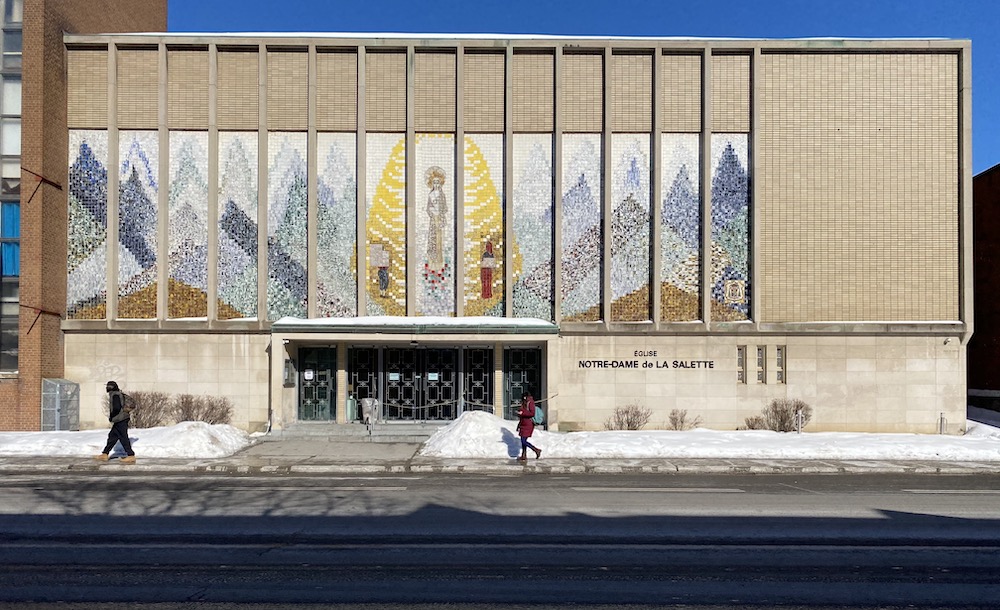Over the past three years, McGill students have stood at the forefront of the movement for affordable housing. From commissioning high-quality studies to participating in yearly discussions around tenants’ rights, McGillians clearly understand the critical role that access to quality, affordable housing plays in determining one’s ability to live safely and with dignity. Now, this community can play a key role in society’s shift toward not simply affordable housing, but social housing.
Agencies and institutes differ in their definitions of social and affordable housing. In Montreal, the terms are understood to mean, respectively, housing that is accessible relative to income and housing that is accessible relative to market rates. This delineation can be grossly misleading, since “affordable” housing refers to rents at 80 per cent of the market rate. With average studio apartments renting for $935 per month in Montreal, such housing is by no means affordable.
Prior to COVID-19-driven vacancies, the Canadian Mortgage and Housing Corporation (CMHC) reported that Montreal’s vacancy rate had dropped to a 15-year low of 1.5 per cent. This shortage means lower-quality and less affordable housing, as landlords gain bargaining power when tenants have fewer options. Across the country, the CMHC is tasked with coordinating the Government of Canada’s National Housing Strategy (NHS), a $55-billion plan to address low vacancy rates by supporting homeownership, affordable housing construction, and providing various targeted subsidies. Unfortunately, while the CMHC claims to prioritize non-profit and co-operative housing partners, their affordability targets are indexed to median market rates, which were steadily on the rise before the onset of the pandemic.
In addition to the illusory promise of truly affordable pricing, the CMHC argues that an increase in the supply of quality housing will contribute to the goals set by the NHS. This is an entry-level economist’s fantasy solution to the housing crisis: Increased supply, decreased price. But a concerning proportion of this increased supply is purchased by investors, who take the units off the rental market with intentions to flip them for a profit. In 2017, this practice decreased vacancy rates in downtown Vancouver by as much as half a percentage point, at a time when the city’s overall vacancy rate stood at 1.1%. Landlords and speculators have no reason to undercut rents when they know they can squeeze tenants or flip the unit on the speculative market.
There are a few ways in which McGillians are well-positioned to start thinking about their role in these larger policy debates. First, students need to stop defending landlords. Investments incur risk, and given how willing the private sector is to price-gouge and prioritize profits over helping people off the street, it is baffling to witness the outpour of sympathy for those whose investment returns take a turn for the worse during rent strikes or when tenants refuse rental increases.
Aside from direct action, pushing for further government support is also essential. Although the NHS seems a good start, it is woefully inadequate given the heavy housing needs facing Montreal and Canada more broadly. The “Empty Homes Tax,” which Vancouver introduced to discourage purely speculative units, is a great example of how targeted policy can eliminate some of the more nefarious behaviours of the private market. Taking from Vancouver, freezing evictions, mortgages, and rent payments in Montreal during the pandemic might have curbed the steady increase in the city’s unsheltered population.
Ultimately, students’ work toward the decommodification of housing should lead to more leadership on affordable housing. The Milton Parc Citizen’s Community famously took six blocks of prime real estate off the rental market by establishing a Community Land Trust, including collective ownership of the land and buildings. Residents now enjoy non-profit costs of as low as $300 per month, with adjustments based on income, without additional administrative fees that come with government-run housing. This and similar models represent extraordinary solutions by ordinary people. They require time and dedication, but they offer a real chance to make safe, affordable housing into more than just words on a page.









Excellent overview and analysis.